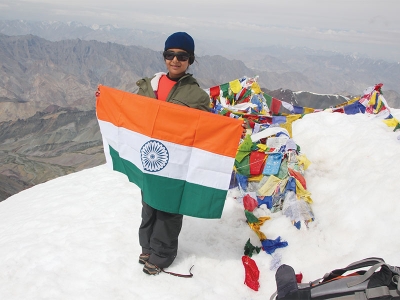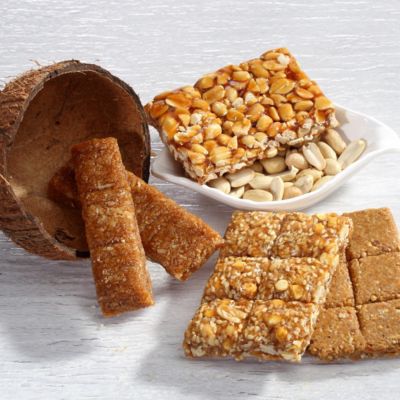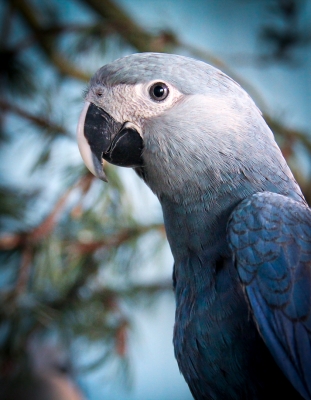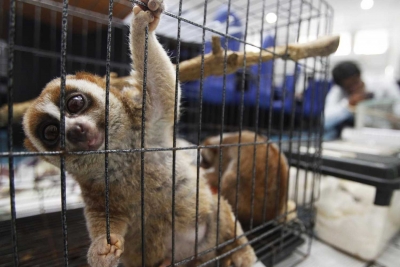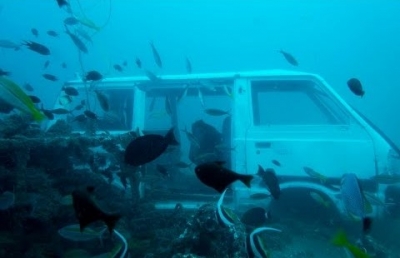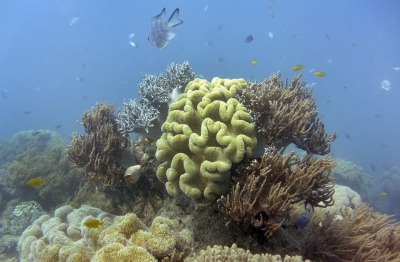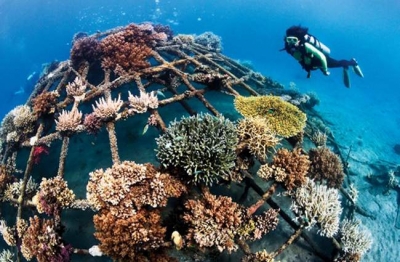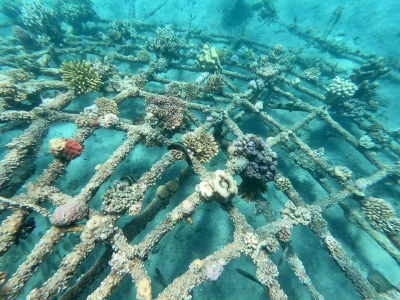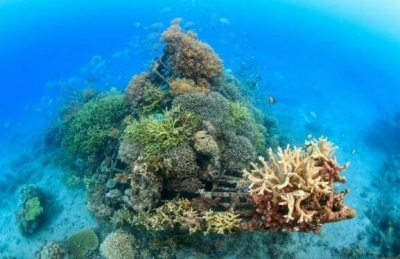How animals stay clean and make themselves presentable?
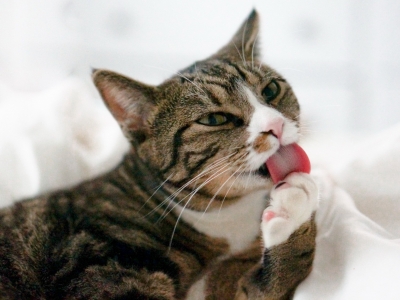
Grooming (also called preening) among animals is the art of cleaning and maintaining parts of the body. It is a species-typical behaviour.
Animals groom themselves in many ways – rats lick their bodies, zebras take dust baths, birds preen their feathers, monkeys pick lice from their fur and insects rub their antennae to keep them clean and functional.
Individual animals regularly clean themselves and put their fur, feathers or other skin coverings in good order. This activity is known as personal grooming, a form of hygiene.
Extracting foreign objects such as insects, leaves, dirt, twigs and parasites are all forms of grooming. Among animals, birds spend considerable time preening their feathers. This is done to remove ectoparasites, keep the feathers in good aerodynamic condition, and waterproof them. To do that, they use the preen oil secreted by the uropygial gland, the dust of down feathers, or other means such as dust-bathing or anting. During oil spills, animal conservationists that rescue penguins sometimes dress the in knitted sweaters to stop them from preening and thereby ingesting the mineral oil, which is poisonous.
Cats are well known for their extensive grooming. Cats groom so often that they often produce hairballs from the fur they ingest.
Animals also groom other members of their species (social grooming). The manner of grooming is so typical of a species that it can be used to distinguish it from a closely related one.
Grooming is pre-wired in the brain. If a mouse that is grooming its face with its paw is interrupted in the act, it ‘automatically’ begins to rub the air in front of its face with the other paw! Animals use their head, paws, claws, beak, tongue, etc. for grooming.
Some animals like the starfish have special, pincer-shaped organs called pedicillariae to remove debris from the body surface.
It was earlier believed that animals groomed themselves to maintain hygiene but now it is known that grooming serves many purposes – signaling, courtship, coalition-building and appeasement.
When two mountain rams fight for dominance, the one who loses licks the neck and shoulders of the victor to appease him. The winner may even kneel down to receive he apparent salute.
In a beehive it is essential for all the worker bees to recognize the queen bee’s scent, which assures them of her presence and vitality. A few worker bees pick up the queen’s scent when they groom her by licking her. The workers then move through the nest and contact other workers with their legs, tongues and antennae. Bee-to-bee grooming spreads the queen’s scent quickly and thoroughly.
Many social animals adapt preening and grooming behaviours for other social purposes such as bonding and the strengthening of social structures. Grooming plays a particularly important role in forming social bonds in many primate species, such as chacma baboons and wedge-capped capuchins. Among primates such as chimps, close relations groom one another loyally. This is called allogrooming. On the other hand, outsiders tend to groom members higher up on the social structure.
Grooming apparently gives an animal an advantage that helps in obtaining privileges at a later date.
Picture Credit : Google

